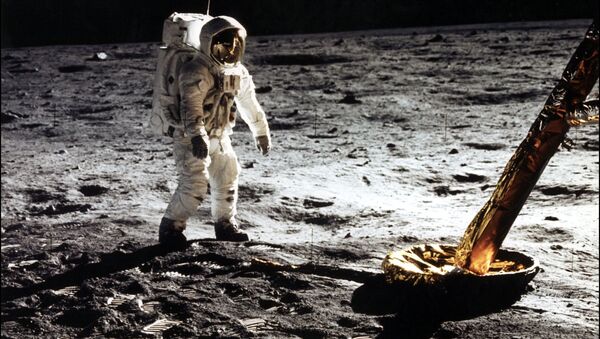NASA has revealed its principles for Moon exploration. The space agency said all countries and private sector players that will join NASA’s Artemis program will do so by observing the principles laid out by the agency. “It’s critical to establish a common set of principles to govern the civil exploration and use of outer space”, NASA said in a statement.
It’s a new dawn for space exploration! Today I’m honored to announce the #Artemis Accords agreements — establishing a shared vision and set of principles for all international partners that join in humanity’s return to the Moon. We go, together: https://t.co/MnnskOqSbU pic.twitter.com/aA3jJbzXv2
— Jim Bridenstine (@JimBridenstine) May 15, 2020
The Artemis Accords consists of 10 principles. Here are the most important ones:
- Peaceful Purposes – is one of the most important requirements. The agency said cooperation between countries is intended not only to bolster space exploration but also to enhance peaceful relations between states.
- Transparency – is another key aspect of the program, requiring all partners to present their plans and policies in a transparent manner.
- Interoperability – this principle calls on all players to utilize open international standards to ensure safe and robust exploration.
- Emergency Assistance – under the agreement, NASA and its partners commit to do everything possible to help astronauts in distress.
- Protection of sites and artefacts that have historic value.
- Space Resources – extraction and utilization of resources will be conducted under the auspices of the Outer Space Treaty, which was signed and ratified by 109 countries. One of the provisions states that outer space is “not subject to national appropriation by claim of sovereignty, by means of use or occupation, or by any other means".
- Release of Scientific Data – all parties will be required to publicly release material so that the whole world can benefit from the Artemis program.
The introduction of the principles comes as the US space agency works on returning astronauts to the Moon for the first time since the 1972 landing. NASA also plans to establish a permanent presence on the lunar surface and is especially interested in the Moon’s south pole, where there is water in the form of ice. NASA’s head Jim Bridenstine voiced hope that Russia, the agency’s historical ally, would become a signatory to the Artemis Accords. "We think it would be good for all the world to agree to the right approach to peacefully explore space", he said.

